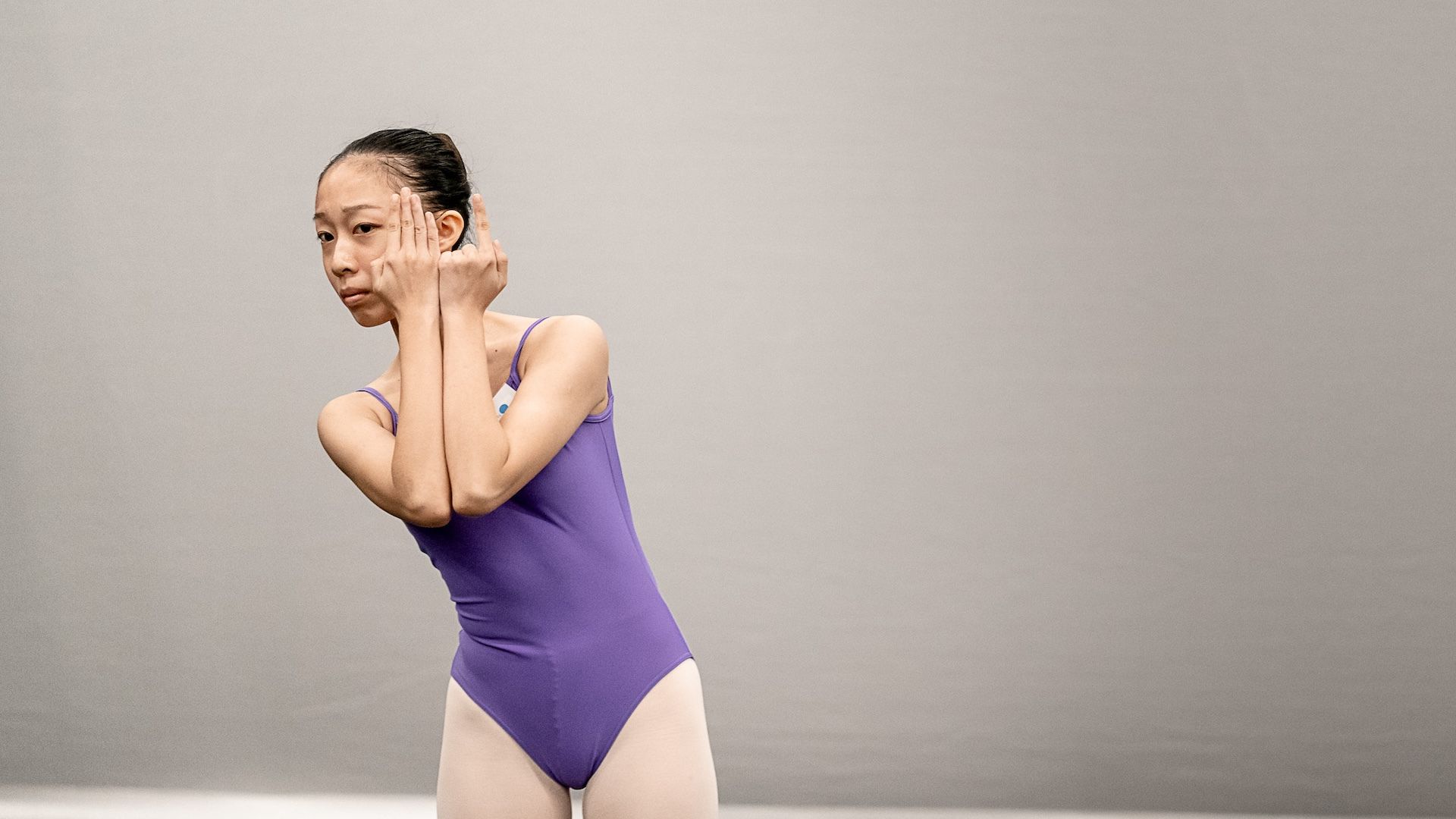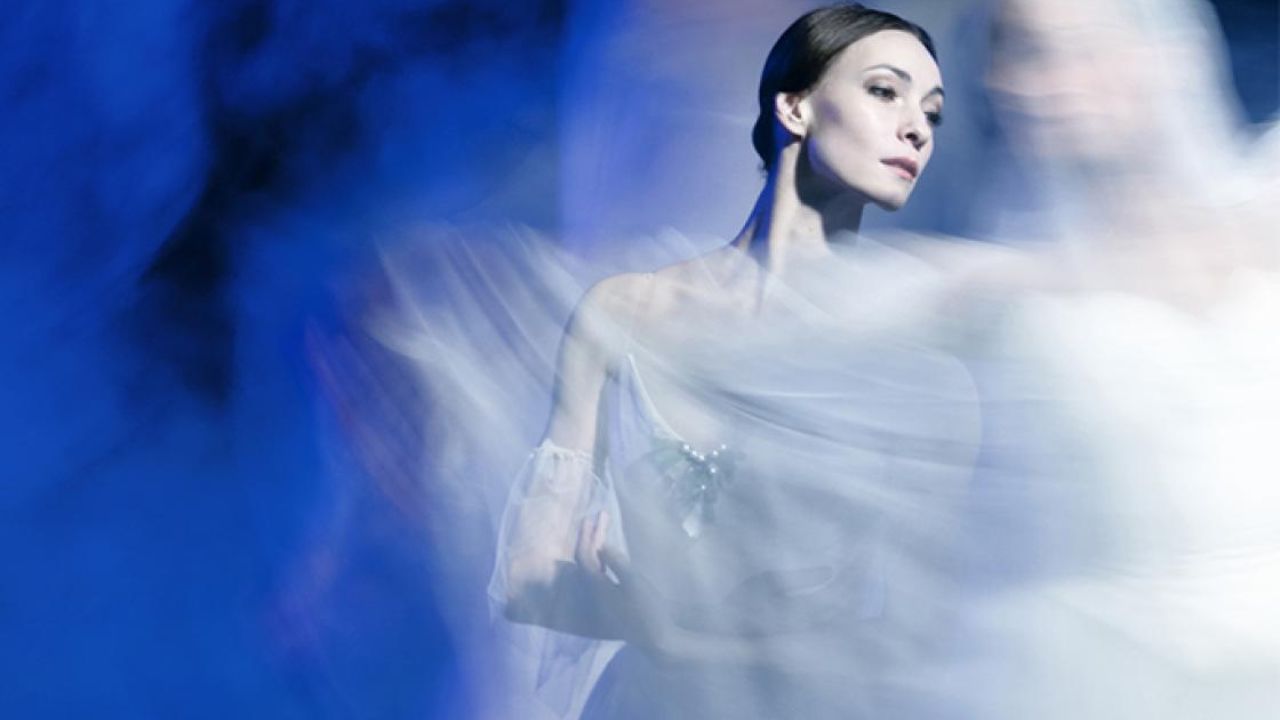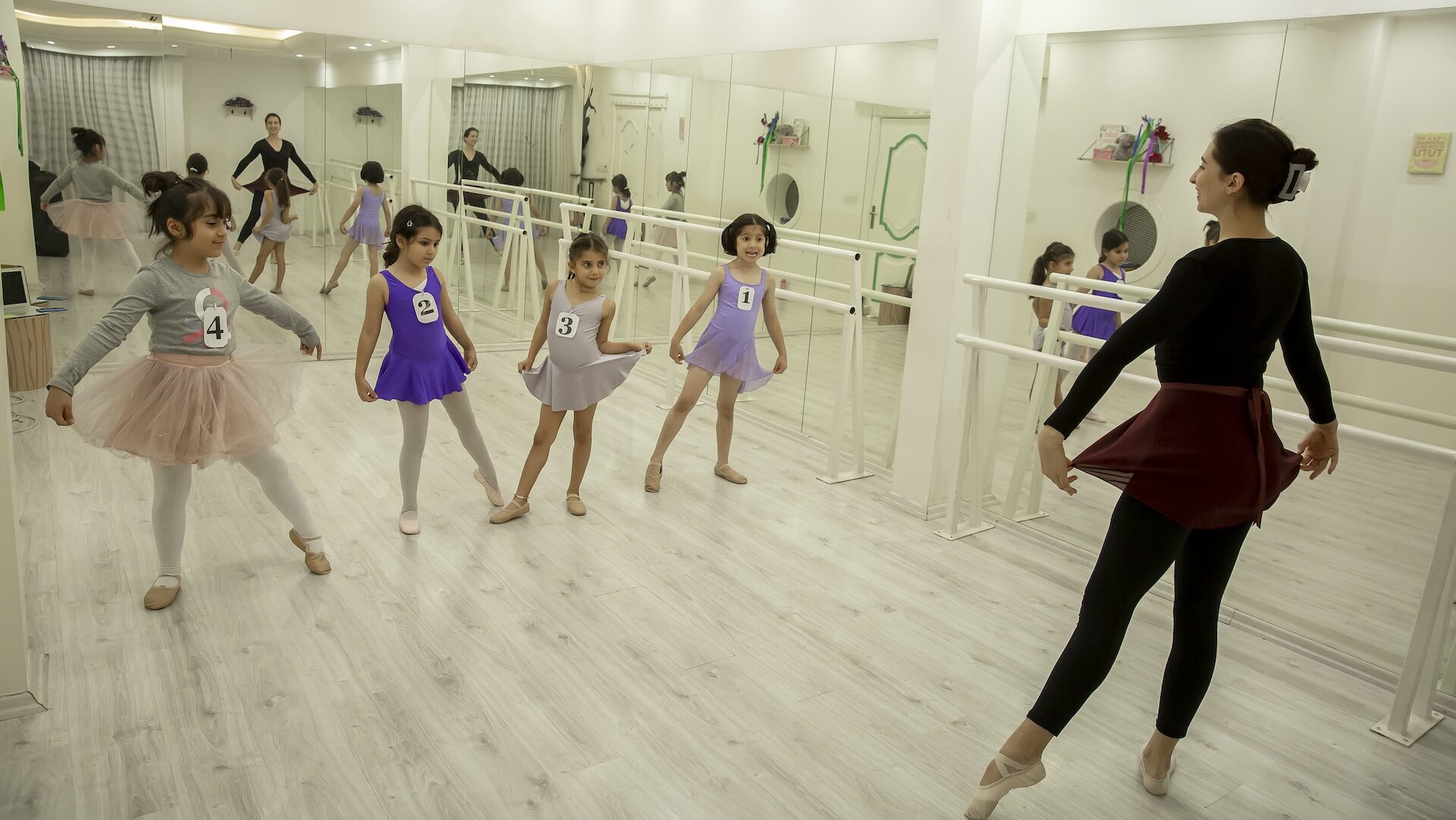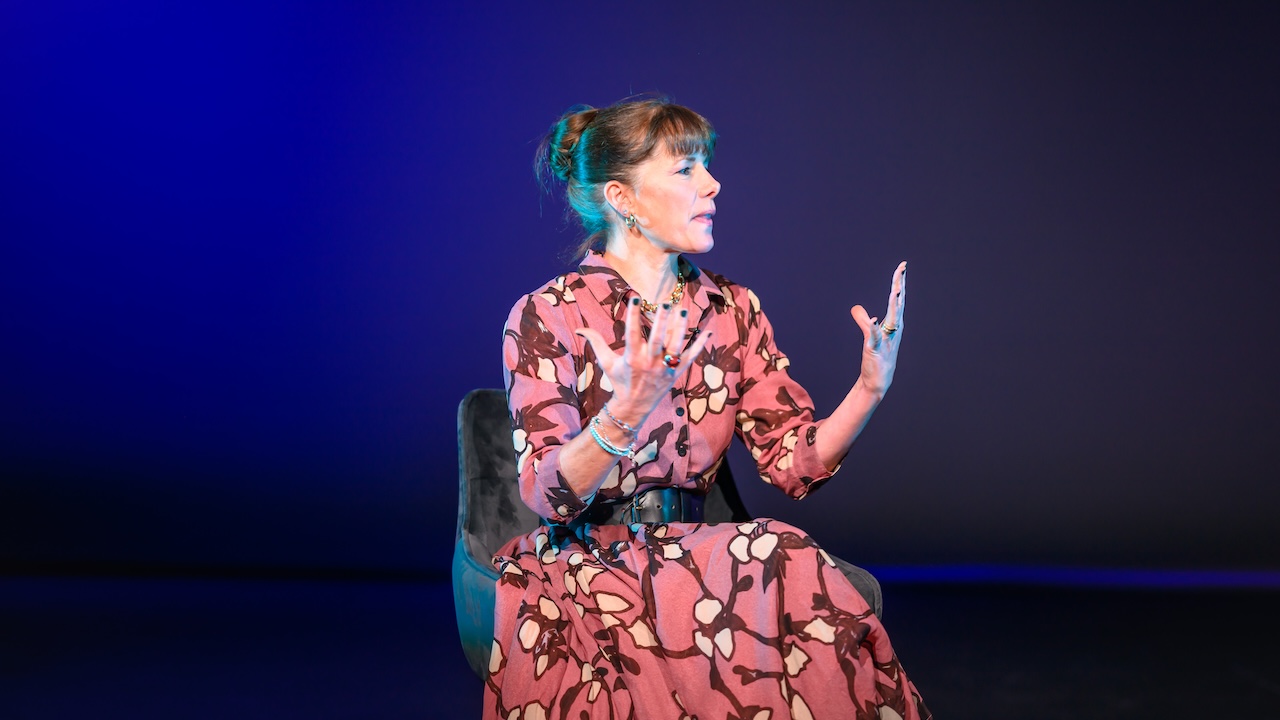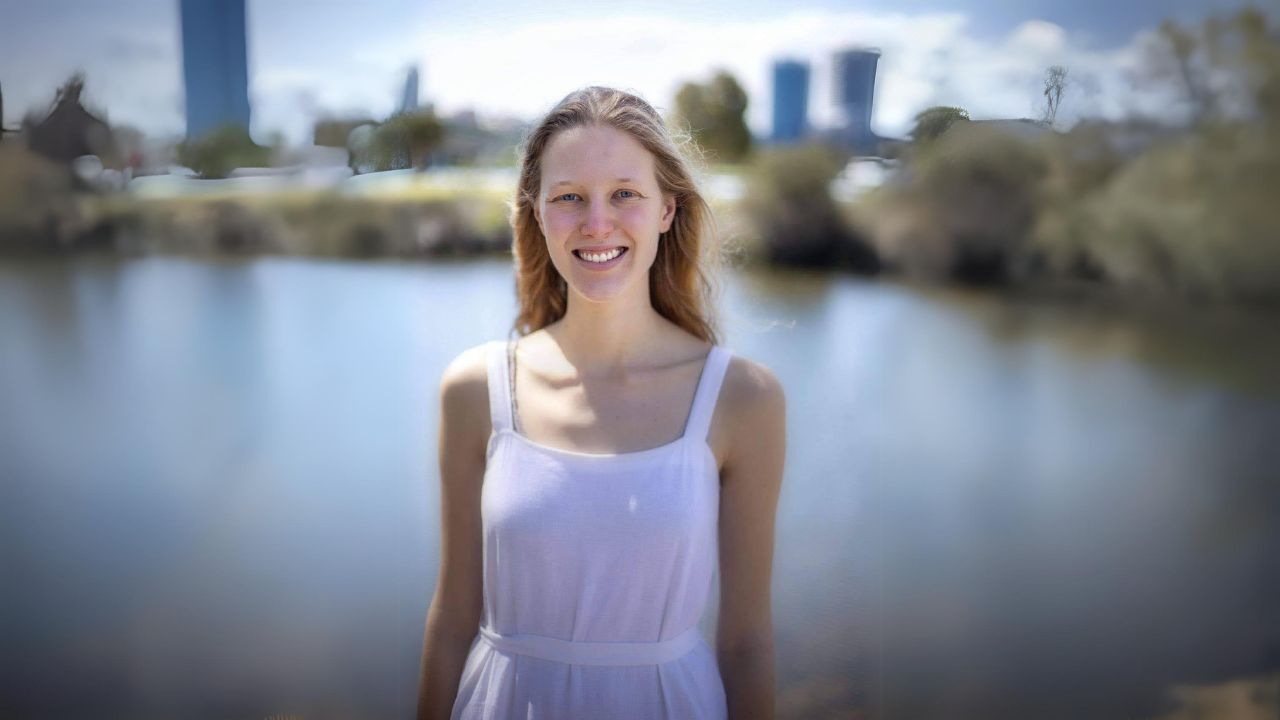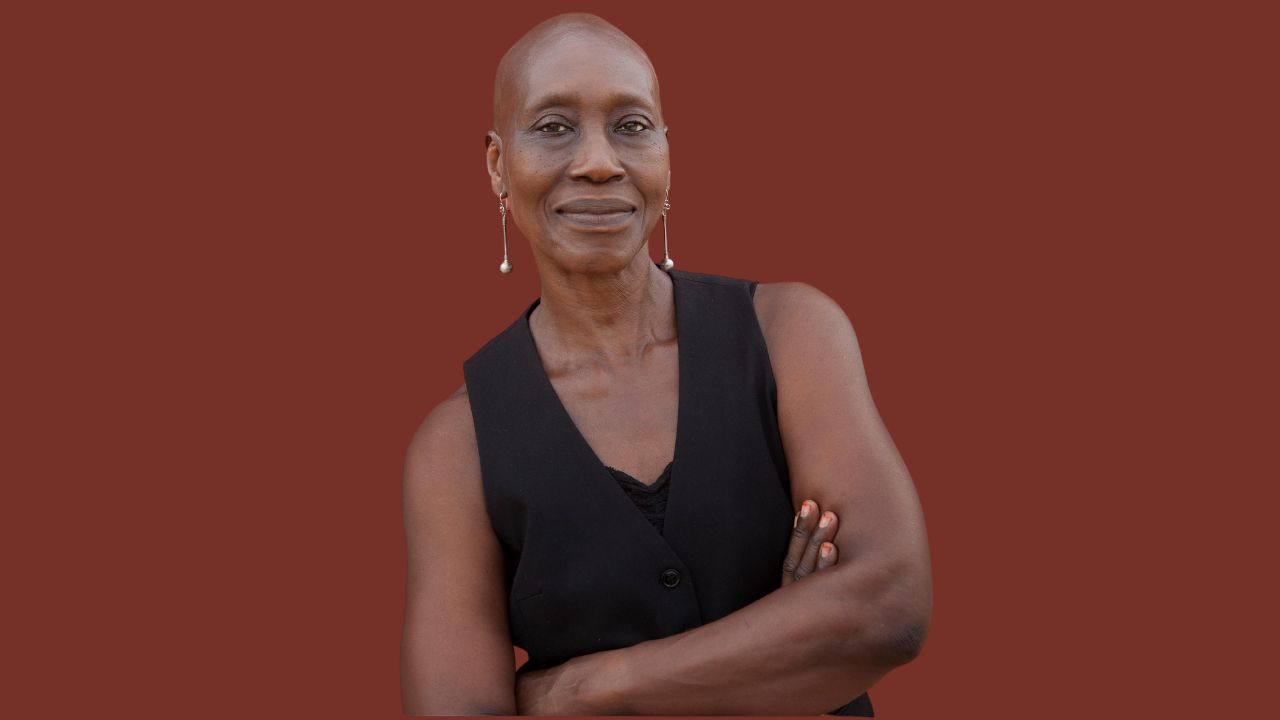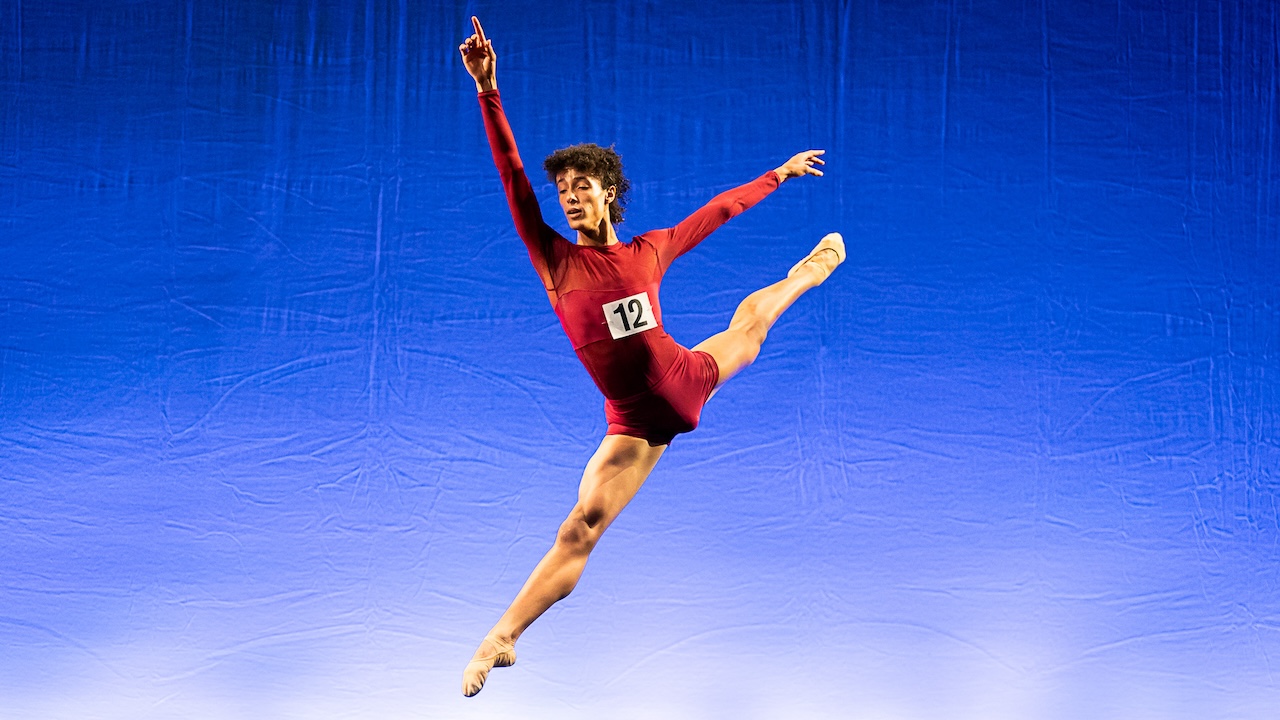When my nephew Kiran was about 15 months old, he used to love dancing to the classic 1976 soft-rock ballad If You Leave Me Now, by Chicago. As soon as we put it on he would sway from one foot to the other, waving his arms like flippers – he looked like a happy little penguin. Nothing else worked such magic: it had to be this song. We played it a lot.
There is indeed a special magic between music and dance. At root lies the intrinsic physical connection between voice and body, one capable of song and the other of dance, both dependent upon muscle, nerve, brain and breath. The stem is surely pulse and rhythm, those primal drivers of dance music: clap those hands, stamp those feet. At the higher levels we branch out into the three Fs: form (pattern and composition); feeling (emotion and sensation); and force (energy or vitality).
When I asked a range of dance artists to select a piece of music of particular significance to them, I imagined I would learn more about the almost organic connection between dance and music. In fact, all five chose music that was challenging, even difficult for dance. It reminded me that dance and music, like any close couple, also have their own natures and demands – their bond is built on love and intimacy, but also on respect and autonomy.
Their choices are all in the first ever Dance Gazette Top 40. What else made the cut? And what would you choose?


1 Le Sacre du Printemps/Rite of Spring (1913)
After this monumental encounter of music and dance, neither music nor dance were the same again. Many choreographers have since faced Stravinsky’s score; few have survived intact.
Israel Galván
My version of La Consagración de la Primavera (The Rite of Spring) started not from the music, but from a photograph of Nijinsky. When I began looking at his choreography I saw the dancers were rhythmically striking the ground – which felt very familiar to me, as a flamenco dancer.
In flamenco, dance is like a ritual, a ritual that smells of blood: you have to leave a piece of your life in that dance. I saw Stravinsky’s music as a kind of animal, something you cannot control. The question was not whether you dance well, or whether the audience likes it; it was that you come out alive. I don’t know any other music that requires that level of concentration.
I used the two-piano version because the sound is harder and more percussive than an orchestra. As a dancer, I felt like a percussionist for the music. I would also play tricks on the pianists to create tension, putting in accents where they might not expect.
The very first note changes the whole atmosphere. Then there is a second moment, on the sixth count after the curtain goes up, which is when Nijinsky decided that the dance should begin. Those were the longest five seconds of my life: I never felt so much fear as when waiting for that six to arrive.
2 Romeo and Juliet (1935)
Prokofiev meticulously matched his ballet score to scenes and characters, and also matched Tchaikovsky’s achievement in melding the symphonic with the dramatic.
3 Quimbara (1974)
Fania Records was a powerhouse that popularised salsa. The driving, up-tempo Quimbara by Celia Cruz and The Fania All-Stars was one of its many hits.
4 Waltz of the Snowflakes (1892)
A waltz, but not as you know it. In Tchaikovsky’s The Nutcracker, melodic fragments and complex, fractured rhythms make for unusually fascinating music – and scintillating dance.

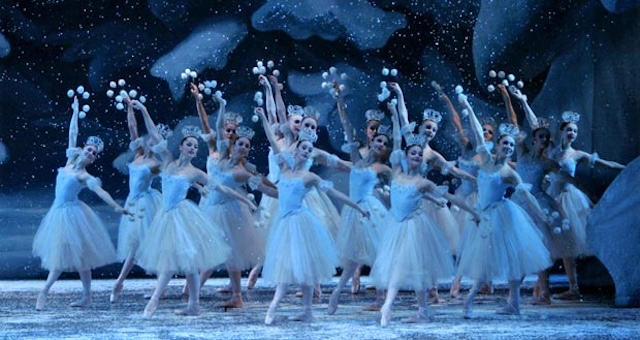

5 Get Ur Freak On (2001)
Freaky indeed – Missy Elliott’s electrifying smash-up of hip-hop, bhangra and pop was matched by a grungy-glamorous video, crazily choreographed by Nadine ‘Hi Hat’ Ruffin.
6 Mambo from West Side Story (1957)
Leonard Bernstein’s explosive musical mix of jazz, latin, classical and Broadway for Jerome Robbins’ dance number, high on the reckless energy and conflict of youth.
7 Zombie (1976)
Fela Kuti was complex, counter-revolutionary, kind of crazy, and a phenomenal musician: the ‘Father of Afrobeat’. Zombie – sensational dance music on a serious subject – is a centrepiece of the 2008 musical Fela! choreographed by Bill T Jones.
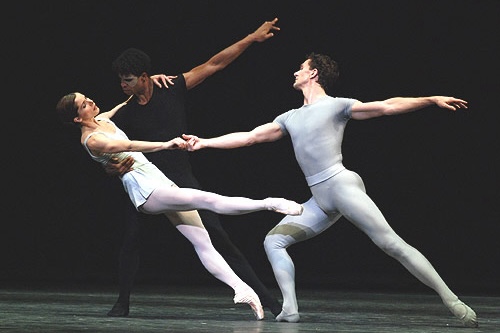
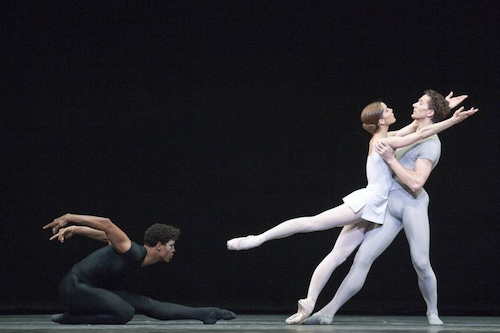
8 Das Lied von der Erde (1909)
The Royal Ballet told Kenneth MacMillan that Mahler’s score was unsuitable for dance – so he created this 1965 masterwork (Song of the Earth) for the Stuttgart Ballet instead.
Dame Darcey Bussell
Kenneth MacMillan’s Song of the Earth (1965), set to Mahler’s song cycle was a transformative influence on me as a young dancer. I had only been with the Royal Ballet for a year or so, and had to cover for an injured dancer on the first night. The ballet is about life and death, with texts based on ancient Chinese poems – a lot for a young dancer! But I could connect to the work’s meanings and feelings because of how MacMillan was able to connect to the music through the steps. The choreography carried me.
I particularly remember the trio between me, my partner and the figure of death. My character wants to experience life with my partner, but must also accept that death is with us. We are partnered by death, yet never look into his eyes. The scene is very powerful, passionate and personal, while the choreography is very abstract. It’s a strange kind of void, yet I’d never felt so personally involved in a piece.
It was a very out-of-body experience. You’ve become one with the work. It was transformative for me as an artist. I remember coming off stage and bursting into tears, because the piece had taken me to another place.
9 Bring in ’Da Noise, Bring in ’Da Funk (1995)
Percussive footwork provides a direct link between body and sound – nowhere more than in tap. In Bring in ’Da Noise, Bring in ’Da Funk, the incomparable Savion Glover joined his footwork to the very history of black America.
10 Prelude in D-flat major (1839)
Isadora Duncan once asked a critic how to improve her act. Better music, he replied. Duncan choreographed extensively to Chopin, opening the gateway to the repertory of canonical concert-hall music.
11 Mas, Que Nada (1963)
Brazil is famous for effortlessly mixing sounds from Africa, America, Europe and its own indigenous cultures into endlessly inventive formations. This is Jorge Ben’s nonchalant hymn to the pleasures of dancing.
12 Odette’s theme (1877)
Mystery, moonlight, fleeting beauty, illusions of love – nothing says ‘ballet’ like Tchaikovsky’s tragic motif in Swan Lake.
13 Ella es así (1938)
There’s more to tango than dramatic yearning. This classic milonga by Luis Martino and Manuel Carretero shows its lighter, more playful side.

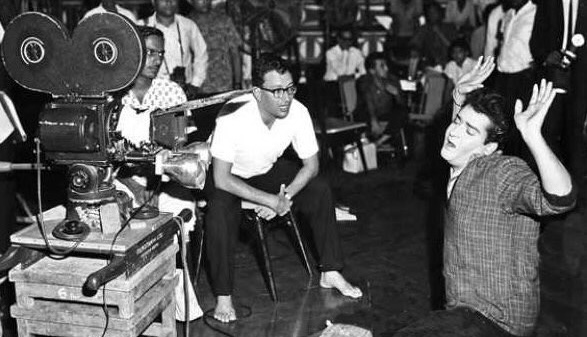
14 Aaja Aaja (1966)
This breathlessly energetic party number comes from Teesri Manzil, the breakthrough film of legendary Indian film composer RD Burman.
15 Trois Gymnopédies (1888)
Erik Satie’s Gymnopédies set a measured tempo that holds space for lines of beauty to unfold – the essence of ballet adagio, as in Ashton’s Monotones, or more naughtily, Michael Clark’s Satie Studs.
16 Give It Up or Turn It a Loose (1969)
In 1970s New York City, DJ Kool Herc would extend instrumental breaks in a song to give space for the dancers. Funk master James Brown was top of his playlist. ‘Break dancing’ led to hip-hop.
17 Partita for 8 Voices (2013)
Justin Peck used Caroline Shaw’s enthralling and layered Pulitzer-winning score in Partita.
18 The Blue Danube (1866)
The close, clasped hold of today’s ballroom dances derives from the Viennese Waltz, which scandalised and thrilled 19th-century society in equal measure. By Johann Strauss II.
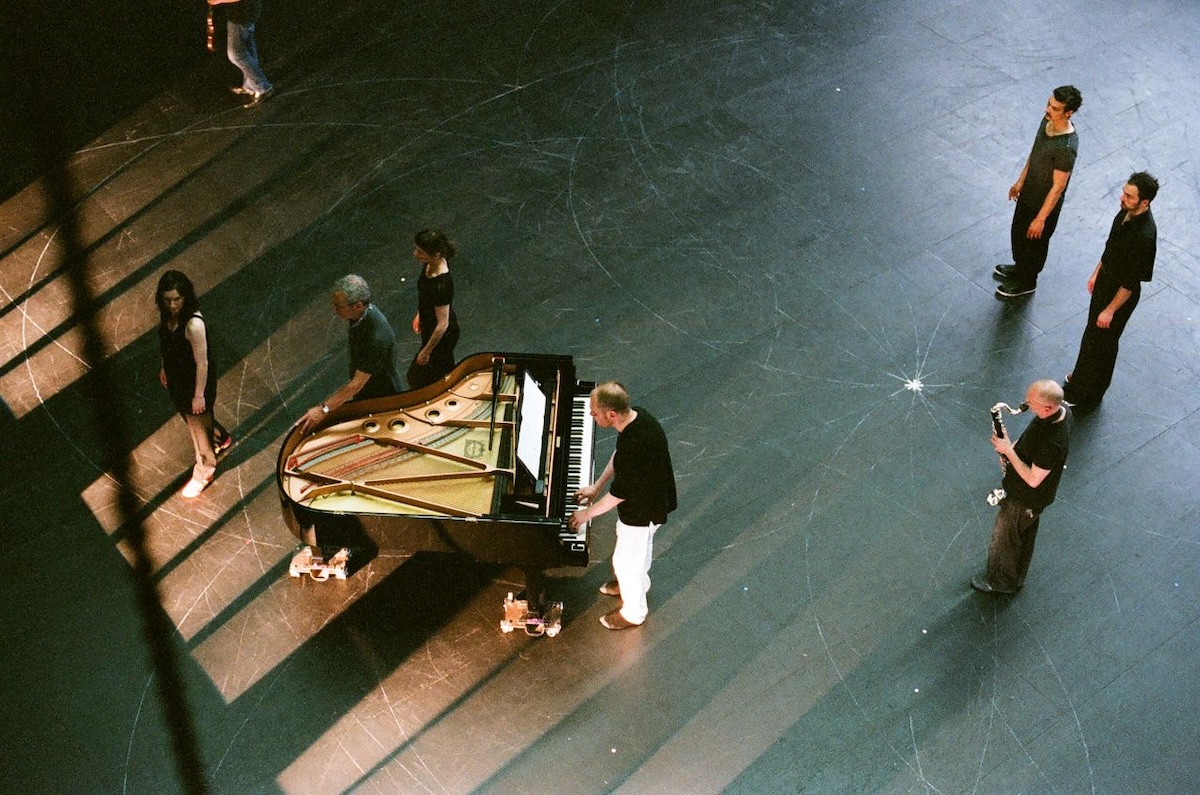

19 Vortex Temporum (1994–96)
Gérard Grisey’s masterly musical ‘spiral of times’ was both a compositional and a performative source for Anne Teresa De Keersmaeker’s masterly dancework.
Anne Teresa De Keersmaeker
Choreography is the art of organising movement in space and time, for which my first partner has nearly always been music – even if the actual relationship between dance and music has ranged from very close to very distant. The title Vortex Temporum, a 1996 sextet by Gérard Grisey, means ‘a spiral of times’. I have long been interested in circles and spirals, while the plural ‘times’ suggested differing perceptions of time. The instrumental score connects to a whole spectrum of music – classical, modernist, experimental, electronic, ethnic.
I began the choreography with a very close relationship to the music, each dancer representing one musician. In the second movement a rotational pattern moves everyone around in circles, including the musicians. In the last part, they have moved to the back, and the dancers fully occupy the space. The fantastic Ictus musicians put an anatomy on that sound.
Grisey starts from a small musical formula, an arpeggio figure derived from Ravel, and shifts between condensed and extended notions of time. The dense bodily patterns become stretched out in time and space on a rotational vortex, like a spiral opening and closing. I prefer to maximise the minimal rather than use an abundance of materials or vocabulary.
20 Single Ladies (2008)
Minimal in means, maximal in meaning. For the stark video to Beyoncé’s attitude-laden song, choreographers Frank Gatson Jr and JaQuel Knight intercut curves with angles, while tipping a hat to dance legend Bob Fosse.
21 Partita for Violin No 2 (1717–20)
Bach’s music fascinates choreographers, in part for its links to formal dance metres but more for compositional exactitude and endless invention. This piece begins with a series of dance movements and ends with the mighty Chaconne (used for José Limón’s iconic 1942 solo).
22 Hellzapoppin’ (1941)
The original swing dance was the Lindy Hop, made famous by Whitey’s Lindy Hoppers at New York’s Savoy Ballroom. This piece by ‘Slim & Slam’ and the Harlem Congeroos starts casually and goes crazy.
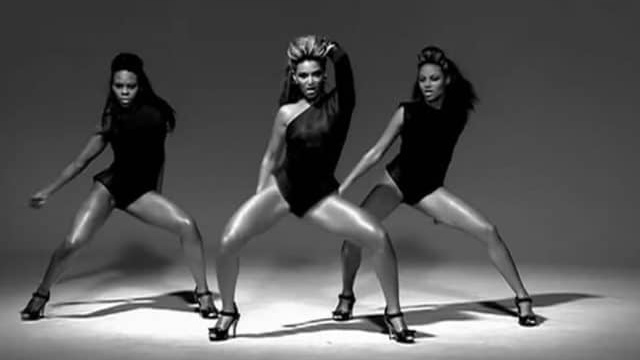

23 Simple and Clean
The Japanese video game composer Yoko Shimomura defines their genre – this is from Kingdom Hearts.
24 Sawan Beeta Jaye (traditional)
Music is so often a home for personal memory. For Aditi Mangaldas, a particular rendition of this song from the film Saanjh aur Sawera sparked a memory of long-ago love.
Aditi Mangaldas
I have a very strange relationship to music. Unlike most kathak dancers, I didn’t learn Hindustani classical music. I am also not in the habit of listening to music, unless something particular really energises me. Yet rhythms are with me all the time. Driving or climbing the stairs, I am always composing the bols or rhythmic syllables of kathak dance. On stage, these rhythms are my skeleton, and the music becomes the musculature. In performance I almost don’t hear the music. I just know it and sense it, physically and emotionally.
Sometimes everything clicks together: body memory, emotional memory, mental memory. In my piece Inter_rupted (2016) an on-stage musician sings Sawan Beeta Jaye, a classic song about the monsoon that is passing. The singer, Faraz Ahmed, was sublime, perfect in every note. At the same time the dancer Anjana Singh was singing too – not at all perfectly. The traditional jugalbandi form, a musical duet, became a duet between perfection and imperfection, between the present and intangible fragments of memory. As I danced, I remembered my mother singing the same song to me as a lullaby, and I found that gap between the two voices extraordinarily touching. It filled your being with so much love.
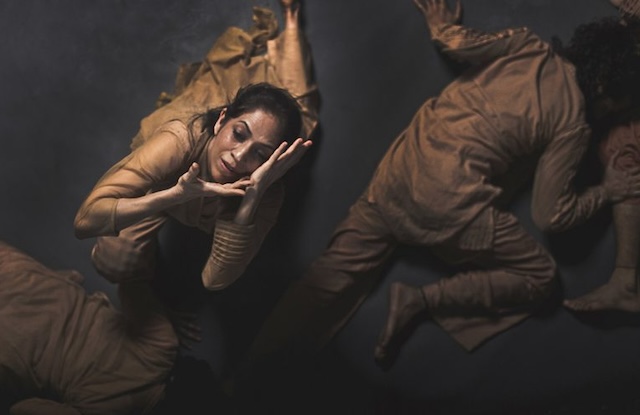
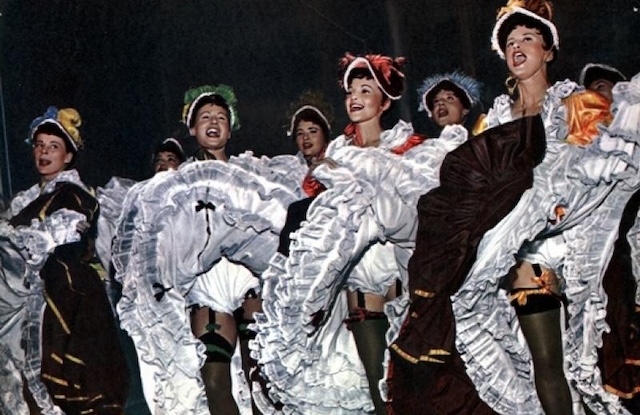
25 Galop infernal (1858)
High kicks! Splits! Cartwheels! Petticoats! Scream! It can only be Offenbach’s can-can.
26 Semaï (1999)
The music and movement of the whirling dervishes are intimately connected to Sufism, trance and ecstasy. Music by Kudsi Erguner, from the Sufi mevlevi tradition, has been used by choreographers Carolyn Carlson and Maurice Béjart.
27 I Feel Love (1979)
Synthesised instrumentals, machine-tooled rhythms, soaring vocals. The ancestor of electronic dance music, Donna Summer’s I Feel Love was the sound of the future.
28 Appalachian Spring (1944)
Aaron Copland’s best-loved work, he recalled, was all about Martha Graham, whom he had watched dancing many times. A definitive work of mid-century Americana.
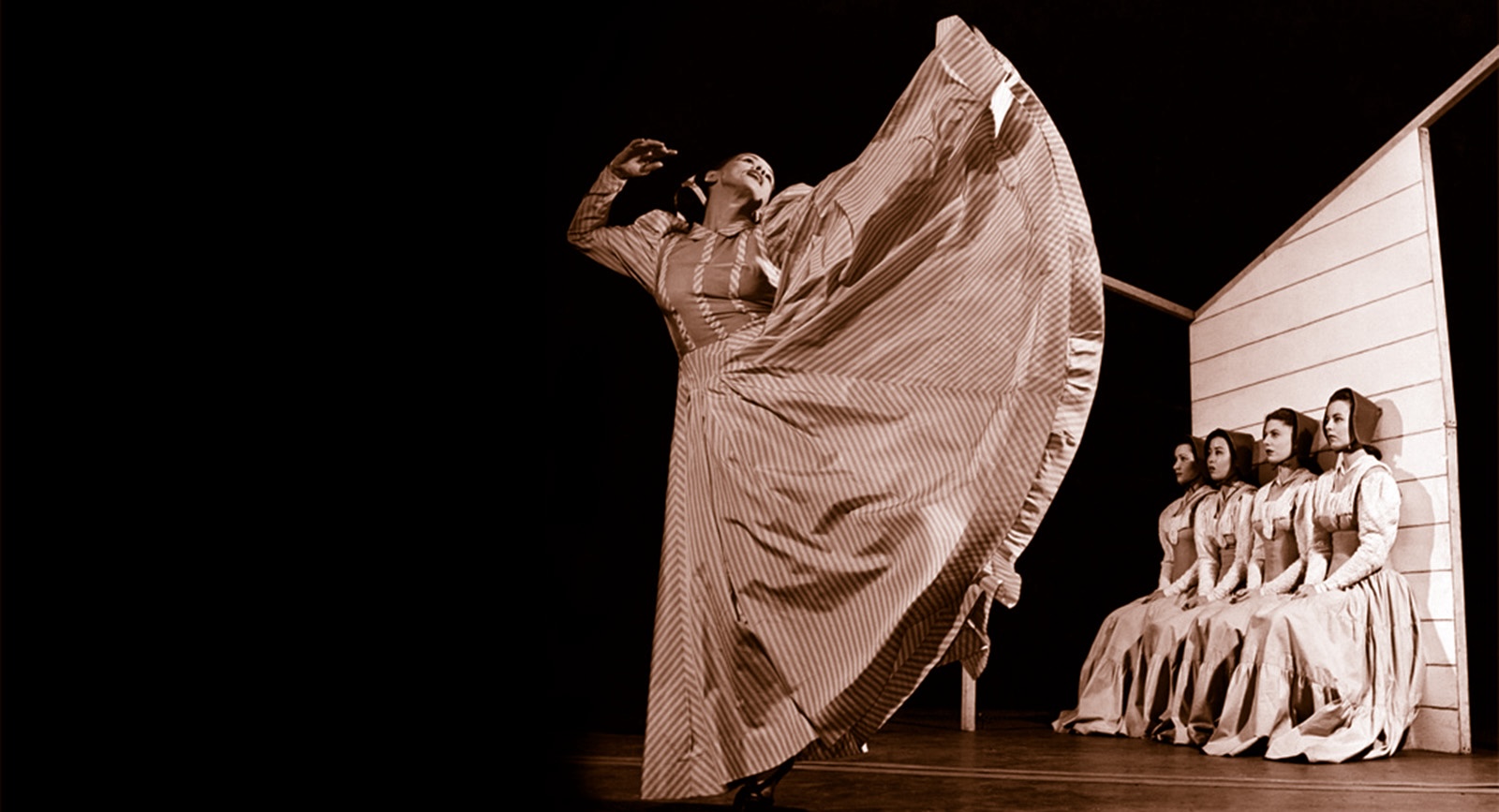

29 To War (2022)
The concertina is a curiously animate instrument, inhaling and exhaling to make its music. In this lively jig, virtuoso Irish player Cormac Begley – who collaborates with choreographer Michael Keegan-Dolan – puts it through its breathless paces.
30 Don’t Stop Til You Get Enough (1979)
Michael Jackson’s music inspired generations of dancers, of all kinds. This track – which fills the dancefloor the second after its first drumbeat hits – is one of the best, ever.
31 Prelude/Nightmare (1958)
Surprisingly few film scores have been used for dance drama, but Matthew Bourne’s The Red Shoes (2016) makes inspired use of Bernard Hermann (this is from Hitchcock’s Vertigo), a master of the genre.
32 Boléro (1928)
Ravel’s mesmeric Boléro has long outlasted its origins as a commission for Ida Rubinstein, luring countless artists into becoming slaves to its rhythm.


33 I’ll Call U Back (2015)
The soft swagger of Erykah Badu, the ‘godmother of soul’, shimmered in Kyle Abraham’s Are You in Your Feelings?
34 Ya Ya (1957)
Released on the famous Blue Note label, be-bop drummer Art Blakey’s Orgy in Rhythm albums put percussion front and centre: guaranteed to get your muscles twitching.
35 Sarabande (2023)
The versatile composer Ryuichi Sakamoto was originally part of the influential avant-garde Japanese performance collective Dumb Type. This Sarabande was one of his final works.
36 Twist and Shout (1961)
Some songs just tell you how you should dance to them. Here’s the Beatles.
37 Alice’s Adventures in Wonderland (2011)
Joby Talbot’s colourful scores create worlds for Christopher Wheeldon’s story ballets.
38 Whistle (2016)
The dance in the video by Blackpink, one of kpop’s boldest girl groups, is notoriously challenging.

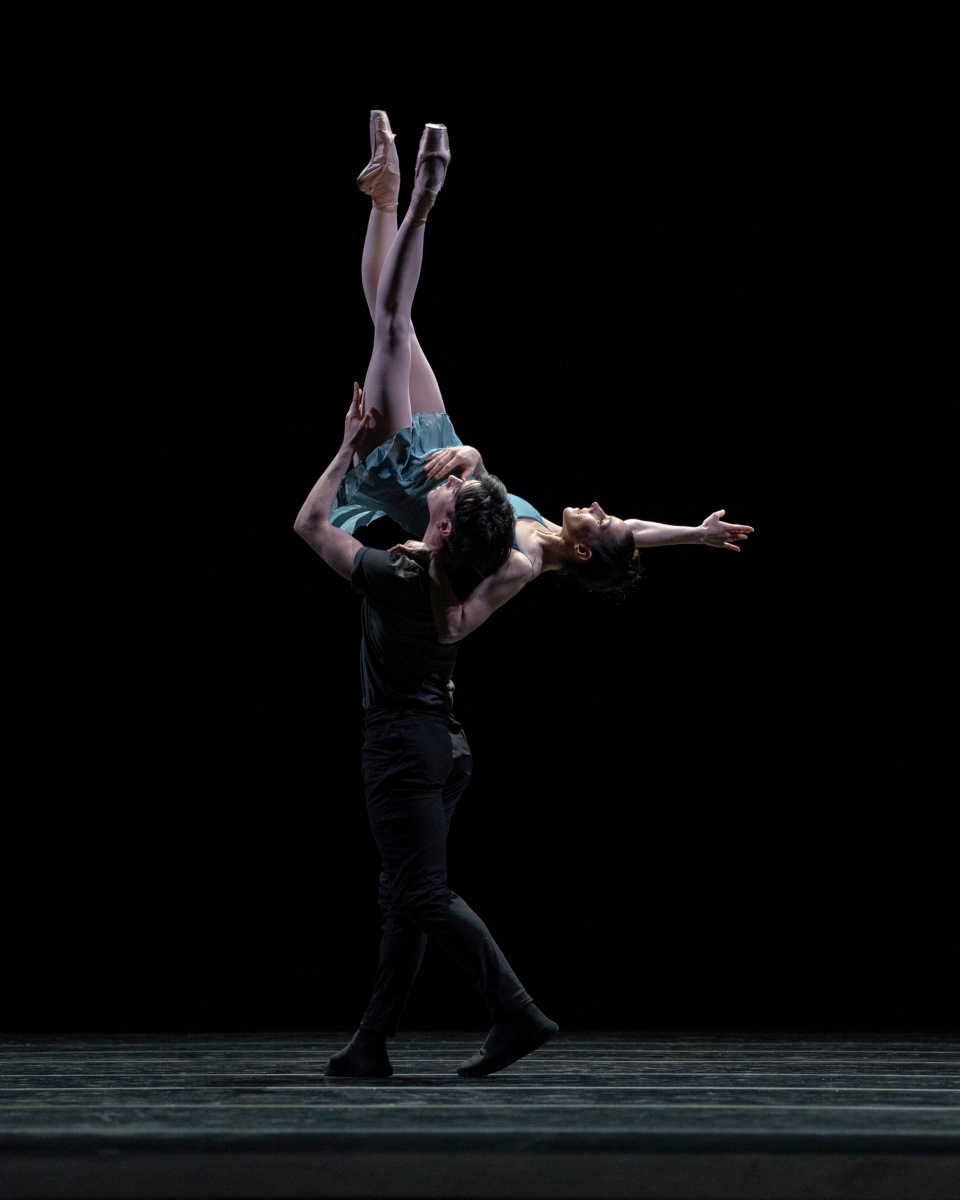
39 Lindisfarne 1 (2011)
What counts more, sound or silence? William Forsythe learnt (eventually) how to count the silence in James Blake’s song for Blake Works.
William Forsythe
There is both music and mathematics in my family background – I am drawn to the ‘math-iness’ of both music and ballet. It was part of the appeal when I first heard Lindisfarne 1 by James Blake, which became the prologue for my three-part Blake Works. The music is defined by fundamentally uncountable caesuras: silences of indeterminate length. James asked if he should regularise these pauses, but I felt that would remove tension from the work, and I wanted to keep its sense of respiration. I had to figure out a counting scheme that would enable dance and structured silence to cohere. I must have worked on it thousands of times, because it literally took me from 2011 until 2023 to find it.
I loved the music, but had been confounded by Blake’s strategies. He fashioned his acoustic world in a way that was entirely new to me. I find it helps if the dancers learn the music before learning any steps, so I give them a handwritten score. My counting scheme also requires occasionally singing along, which helps wrangle surprising metre changes. Ultimately, the dancers acquired a kind of audio acuity which they said left them in a constant state of suspended anticipation during the performance.
40 Apollon Musagète (1928)
The polar opposite of Stravinsky’s Dionysiac Rite of Spring: the refined encounter of the god of music with the muses of poetry, drama – and dance. Sublime
Sanjoy Roy writes on dance for the Guardian and is editor of Springback Magazine.
Sergiy Maidukov is a Ukrainian illustrator who works for the New Yorker, Guardian and Financial Times.
Interviews by Sanjoy Roy. Top 40 compiled by Sanjoy Roy with thanks to Charles Chan, Marisa Caitlín Hayes, Veronica Horwell, David Jays, Deirdre Kelly, Helen Lawrence, Isaac Ouro-Gnao, Juhi Saklani, Rosemary Waugh, Lyndsey Winship.
What music for dance would be on your list?
Let us know!

